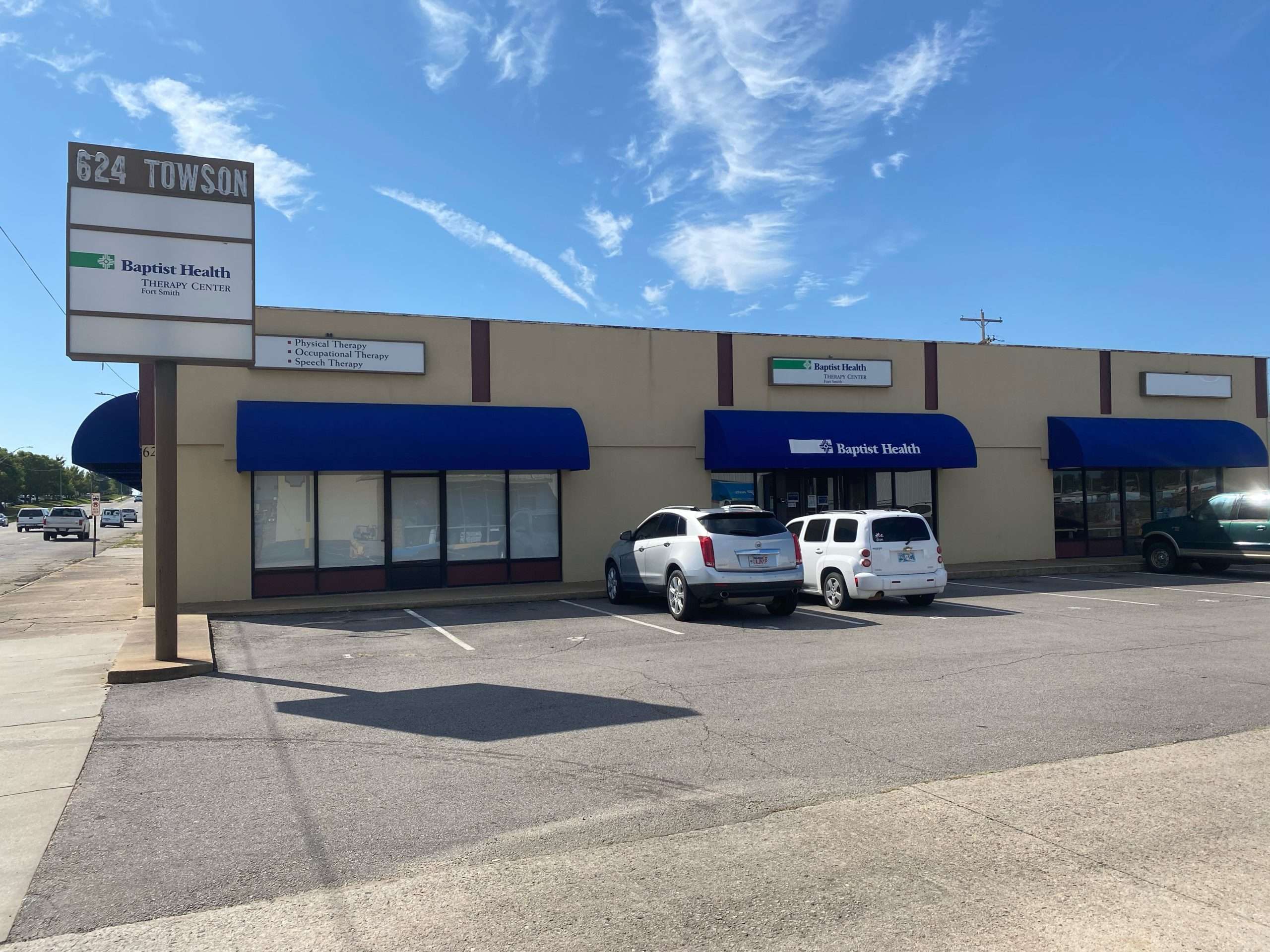Share this:






You can take steps to help a loved one cope with stress brought on by a traumatic event, whether it’s a result of an accident, violence of any kind — such as an assault; verbal, physical, domestic or sexual abuse; or military combat — or another type of trauma.
A person with acute stress disorder (ASD) has severe stress symptoms during the first month after the traumatic event. Often, this involves feeling afraid or on edge, flashbacks or nightmares, difficulty sleeping, or other symptoms. If your loved one has symptoms that last longer than a month and make it hard to go about daily routines, go to work or school, or handle important tasks, he or she could have post-traumatic stress disorder (PTSD).
Whether your loved one has ASD or PTSD, assessment and counseling (psychotherapy) by a professional can make a critical difference in recovery. Encourage him or her to talk to a doctor or a trained mental health professional.
You can also help by being a supportive listener, without attempting to “fix” the situation. Here are some suggestions:
- Be willing to listen, but don’t push. Make sure your loved one knows that you want to hear about his or her feelings. But if the person isn’t ready or willing to talk about it, don’t push. Just reassure your loved one that you’ll be there if and when he or she is ready.
- Choose a time to talk. When you’re both ready to talk, choose a time and place where you’ll be free of distractions and interruptions. Then truly listen. Ask questions if you don’t understand something. But avoid any urges to second-guess, make assumptions, give advice or say, “I know just how you feel.”
- Recognize when to take a break. If you sense that the conversation is becoming too intense for your loved one, provide him or her with an opportunity to stop for now and take up the conversation again on another day. Then follow through.
- Get help if talk of suicide occurs. If your loved one talks or behaves in a way that makes you believe he or she might attempt suicide, respond calmly, but act immediately. Make sure the person is not left alone. If it’s safe to do so, you may want to discreetly remove pills, firearms or any other objects that could be used for self-harm, and get help from a trained professional as soon as possible.
If you think your loved one may attempt suicide, get help:
- Call 911 or your local emergency number immediately.
- Call a suicide hotline number. In the U.S., call the Suicide & Crisis Lifeline at 988 any time of day to talk with a trained counselor. Use that same number and press “1” to reach the Veterans Crisis Line.
Coping with traumatic stress is an ongoing process, and there is no specific time frame for recovery. You might have many conversations with your loved one over weeks or months as he or she processes the traumatic experience during or after a period of professional care.
You’ll be of more help to your loved one if you learn about ASD and PTSD from trusted medical sources and encourage your loved one to follow treatment recommendations. You may need to help your loved one stay connected with healthy social supports.
And don’t forget to take care of yourself. Coping with trauma that happened to a loved one can be difficult to deal with, and it can make it harder for you to help your loved one if you don’t take care of yourself. Take time for the things you enjoy, accept help from others when needed and make an appointment to see a mental health professional if you’re struggling to cope.
This article is written by Dr. Craig Sawchuk and Mayo Clinic staff. Find more health and medical information on mayoclinic.org.
Share this:





Related articles

Can blood donors suffer iron deficiency?
With the constant need for blood and platelet donations, frequent, regular blood donors are crucial to having a continuous national blood supply. Across Mayo Clinic […]

Menopause symptoms: Mayo Clinic expert outlines hormone and nonhormonal therapies
SCOTTSDALE, Arizona — Menopause, the end of menstrual cycles, can produce symptoms such as hot flashes, night sweats, insomnia and mood changes. Women do not […]

Mayo Clinic Minute: Is tinnitus causing that ringing in your ear?
Have you ever experienced a constant ringing in your ears that you can’t pinpoint the cause? It might be tinnitus (‘tin-nĭ-tus) — the sensation of […]
Acute stress disorder is a mental health condition that can occur immediately after a traumatic event. It can cause a range of psychological symptoms and, without recognition or treatment, it can lead to post-traumatic stress disorder.
There is a close relationship between acute stress disorder (ASD) and post-traumatic stress disorder (PTSD). Some people develop PTSD after having ASD.
According to the United States Department of Veterans Affairs, approximately 19 percent of people will develop ASD after experiencing a traumatic event. Everyone responds to traumatic events differently, but it is important to be aware of the potential physical and psychological effects that can occur afterward.
In this article, we discuss what ASD is and its symptoms and causes. We also cover diagnosis, treatment, and prevention.
What is ASD?

Share on Pinterest
Experiencing psychological distress, following a traumatic event, is a sign of ASD.
ASD is a relatively new psychological diagnosis. The American Psychiatric Association first introduced it to the fourth edition of the Diagnostic and Statistical Manual of Mental Health Disorders in 1994.
Although it shares many of the same symptoms as PTSD, ASD is a distinct diagnosis.
A person with ASD experiences psychological distress immediately following a traumatic event. Unlike PTSD, ASD is a temporary condition, and symptoms typically persist for at least 3 to 30 days after the traumatic event.
If a person experiences symptoms for longer than a month, a doctor will usually assess them for PTSD.
Symptoms
People who have ASD experience symptoms similar to those of PTSD and other stress disorders.
ASD symptoms fall under five broad categories:
- Intrusion symptoms. These occur when a person is unable to stop revisiting a traumatic event through flashbacks, memories, or dreams.
- Negative mood. A person may experience negative thoughts, sadness, and low mood.
- Dissociative symptoms. These can include an altered sense of reality, a lack of awareness of the surroundings, and an inability to remember parts of the traumatic event.
- Avoidance symptoms. People with these symptoms purposefully avoid thoughts, feelings, people, or places that they associate with the traumatic event.
- Arousal symptoms. These can include insomnia and other sleep disturbances, difficulty concentrating, and irritability or aggression, which can be either verbal or physical. The person may also feel tense or on guard and become startled very easily.
People with ASD may develop additional mental health disorders, such as anxiety and depression.
Symptoms of anxiety include:
- feeling a sense of impending doom
- excessive worrying
- difficulty concentrating
- fatigue
- restlessness
- racing thoughts
Symptoms of depression include:
- persistent feelings of hopelessness, sadness, or numbness
- fatigue
- crying unexpectedly
- loss of interest in activities that were once pleasurable
- changes in appetite or body weight
- thoughts of suicide or self-harm
Causes
Share on Pinterest
Traumatic events, such as the death of a loved one, can cause a person to develop ASD.
People can develop ASD after experiencing one or more traumatic events. A traumatic event can cause significant physical, emotional, or psychological harm.
Among others, possible traumatic events can include:
- the death of a loved one
- the threat of death or serious injury
- natural disasters
- motor vehicle accidents
- sexual assault, rape, or domestic abuse
- receiving a terminal diagnosis
- surviving a traumatic brain injury
Risk factors
A person can develop ASD at any point in their life. However, some people may have a higher risk of developing this condition.
Factors that can increase an individual’s risk of developing ASD include:
- previously experiencing, witnessing, or having knowledge of a traumatic event
- a history of other mental health disorders
- a history of dissociative reactions to past traumatic events
- being younger than 40 years old
- being female
Diagnosis
A doctor or mental health professional can diagnose ASD. They will ask questions about the traumatic event and the person’s symptoms.
A healthcare professional will usually diagnose ASD if a person develops nine or more ASD symptoms within 1 month of the traumatic event. Symptoms that appear after this time frame or persist longer than 1 month may indicate PTSD.
To diagnose ASD, a healthcare professional will also rule out other possible causes, such as:
- other psychiatric disorders
- substance use
- underlying medical conditions
Treatment
Share on Pinterest
Practicing mindfulness-based techniques can help manage stress and anxiety.
A healthcare professional will work closely with a person to develop a treatment plan that meets their individual needs. Treatment for ASD focuses on reducing symptoms, improving coping mechanisms, and preventing PTSD.
Treatment options for ASD may include:
- Cognitive behavioral therapy (CBT). Doctors usually recommend CBT as the first-line treatment for people with ASD. CBT involves working with a trained mental health professional to develop effective coping strategies.
- Mindfulness. Mindfulness-based interventions teach techniques for managing stress and anxiety. These can include meditation and breathing exercises.
- Medications. A healthcare professional may prescribe antidepressants or anticonvulsants to help treat a person’s symptoms.
Prevention
It is not always possible to avoid experiencing traumatic events. However, there are ways to reduce the risk of developing ASD afterward.
These can include:
- consulting a doctor or mental health professional following a traumatic event
- seeking support from family and friends
- getting treatment for other mental health disorders
- working with a behavioral coach to develop effective coping mechanisms
- getting preparation training if a person’s job involves a high risk of exposure to traumatic events
Summary
ASD is not an uncommon condition, and it can occur after a person experiences a traumatic event. People whose occupation exposes them to traumatic events have a higher risk of developing ASD.
ASD has a close relationship with PTSD and shares many of the same symptoms. However, ASD is a short-term condition that typically resolves within a month, whereas PTSD is a chronic condition. If a person has symptoms of ASD for longer than a month, a doctor may assess the person for PTSD.
Treatment aims to reduce symptoms and help a person develop effective coping strategies. Options include CBT, mindfulness techniques, and medications.
Reaching out to friends, family, and community support groups can also help a person process their feelings and move on with their life following a traumatic event.




